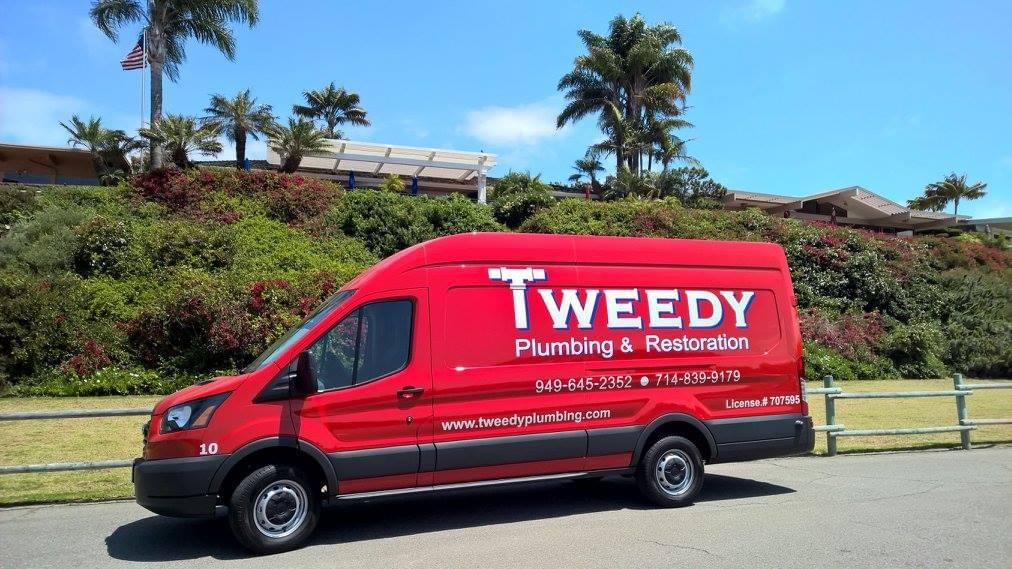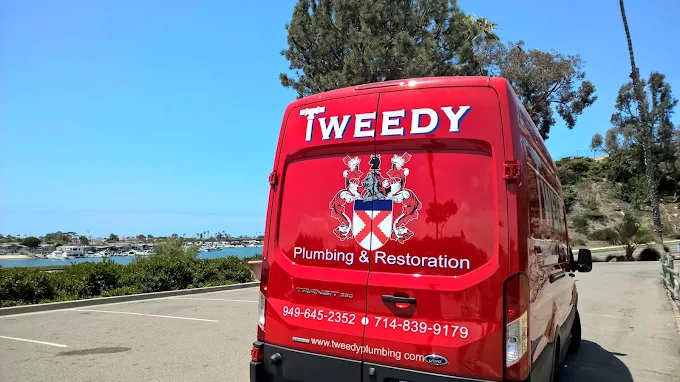Older homes often come with charm, character, and craftsmanship that newer houses can’t replicate. However, behind the walls and under the floors, plumbing systems may tell a different story. Aging pipes, corroded fittings, and outdated valves can lead to leaks, reduced water pressure, and even unexpected flooding. One essential upgrade that homeowners frequently overlook is shut-off valve installation.
A properly functioning shut-off valve gives you immediate control over your home’s water supply. Whether you’re performing maintenance, repairing a fixture, or responding to an emergency leak, these valves prevent extensive damage and simplify plumbing management. In older homes, where materials and layouts differ from modern systems, the need for reliable shut-off valves is even more critical.
Why Shut-Off Valves Matter in Older Homes
A shut-off valve is designed to stop the flow of water to a specific section of your plumbing or, in some cases, the entire system. In older homes, many of these valves are outdated or missing entirely, making even small plumbing issues difficult to control.
Here’s why they’re vital:
- Emergency protection. A shut-off valve lets you stop water flow immediately in case of leaks, bursts, or appliance malfunctions.
- Convenient maintenance. It allows repairs or upgrades to occur without shutting down the entire home’s water supply.
- Water conservation. Prevents excessive water waste during minor repairs or emergencies.
- System modernization. Replacing worn-out valves helps integrate older plumbing with modern fixtures and materials.
Unfortunately, many older homes still rely on corroded gate valves or lack localized shut-off valves for sinks, toilets, and appliances. Upgrading to ball or compression valves enhances both safety and convenience, reducing the risk of plumbing emergencies that can cause costly structural damage.
Common Problems With Old Valves
Older shut-off valves, particularly those made from brass or galvanized steel, tend to deteriorate over time. When corrosion sets in, they may fail to close completely, allowing water to leak or flow uncontrollably.
Typical problems in older systems include:
- Stuck or frozen valves. Years of mineral buildup make turning the valve difficult or impossible.
- Leaky seals. Worn washers or gaskets cause dripping even when the valve appears closed.
- Cracked handles or stems. Weak points from decades of use lead to mechanical failure.
- Outdated materials. Older valves may not meet modern safety or efficiency standards.
In some cases, what appears to be a simple leak near a valve can actually indicate deeper corrosion within the surrounding pipes. That’s why older systems benefit from a comprehensive inspection rather than spot repairs. To better understand how professional evaluations safeguard your home, consider this insight on plumbing inspection importance.
Key Benefits of Modern Shut-Off Valve Installation
Replacing or installing new shut-off valves in older homes delivers several long-term advantages. Beyond preventing water damage, it enhances system performance and makes future plumbing work more efficient.
Improved Safety and Responsiveness
When a pipe bursts or an appliance leaks, quick response time determines how much damage occurs. Modern ball valves close with a simple quarter turn, allowing instant control of water flow without tools or force.
Compatibility With Modern Fixtures
New valves integrate seamlessly with updated plumbing materials like PEX or copper. They also handle higher water pressures found in modern supply systems, ensuring consistent reliability.
Lower Maintenance and Easier Operation
Unlike traditional gate valves that require multiple turns to close, modern shut-off valves operate smoothly with less wear and tear. Their design minimizes internal corrosion, reducing the need for frequent replacements.
Cost and Water Efficiency
Even small leaks can waste gallons of water daily. New shut-off valves seal tightly and prevent loss, helping reduce utility costs while supporting sustainable water use.
For homeowners in older neighborhoods, upgrading these components provides lasting peace of mind and aligns your plumbing system with current safety standards.
When To Replace or Install New Shut-Off Valves
Recognizing when to upgrade your valves is key to preventing future emergencies. Regular maintenance checks can reveal signs of wear before they lead to leaks or complete failure.
Here are common scenarios that indicate replacement is necessary:
- You experience low water pressure or irregular flow. Corroded valves restrict movement through pipes.
- There’s visible rust or discoloration. Indicates internal corrosion weakening the valve.
- You can’t turn the handle easily. Stiff or frozen valves pose risks during emergencies.
- Water leaks persist after tightening connections. Suggests internal failure requiring full replacement.
- No localized shut-offs exist for fixtures. Installing new valves near sinks, toilets, and appliances ensures targeted control.
In older plumbing systems, it’s common to find valves buried behind walls or under flooring, making maintenance nearly impossible. Replacing these with accessible, properly positioned valves simplifies future work and reduces response times during leaks.
If your system shows multiple symptoms of deterioration, scheduling professional help promptly is vital. Prolonged neglect often leads to water damage that demands emergency intervention. Learn more about recognizing red flags in this detailed guide to emergency plumbing signs.
Why Professional Installation Is Essential
Although replacing a valve might seem simple, older plumbing adds complexity. Aging pipes can be brittle, fittings may not match modern materials, and improper sealing can cause slow leaks or full line failures. Professional plumbers have the tools and experience to manage these challenges safely.
A licensed plumber ensures:
- Correct valve sizing and compatibility with existing lines.
- Secure installation that meets local building codes.
- Pressure testing to verify full system integrity.
- Safe handling of water shut-offs and line depressurization.
DIY attempts on older plumbing often lead to broken fittings, stripped threads, or incomplete sealing. Professionals not only install new valves but also inspect the surrounding system for weaknesses that could cause future leaks.
Protect Your Home With Reliable Plumbing Updates
Shut-off valve installation is one of the simplest yet most impactful upgrades you can make in an older home. Modern valves improve safety, efficiency, and accessibility, giving you peace of mind during maintenance or emergencies.
For expert installation, system inspections, or full plumbing upgrades, contact Tweedy Plumbing and Restoration to schedule a detailed evaluation and ensure your home’s plumbing system remains secure and reliable for years to come.



